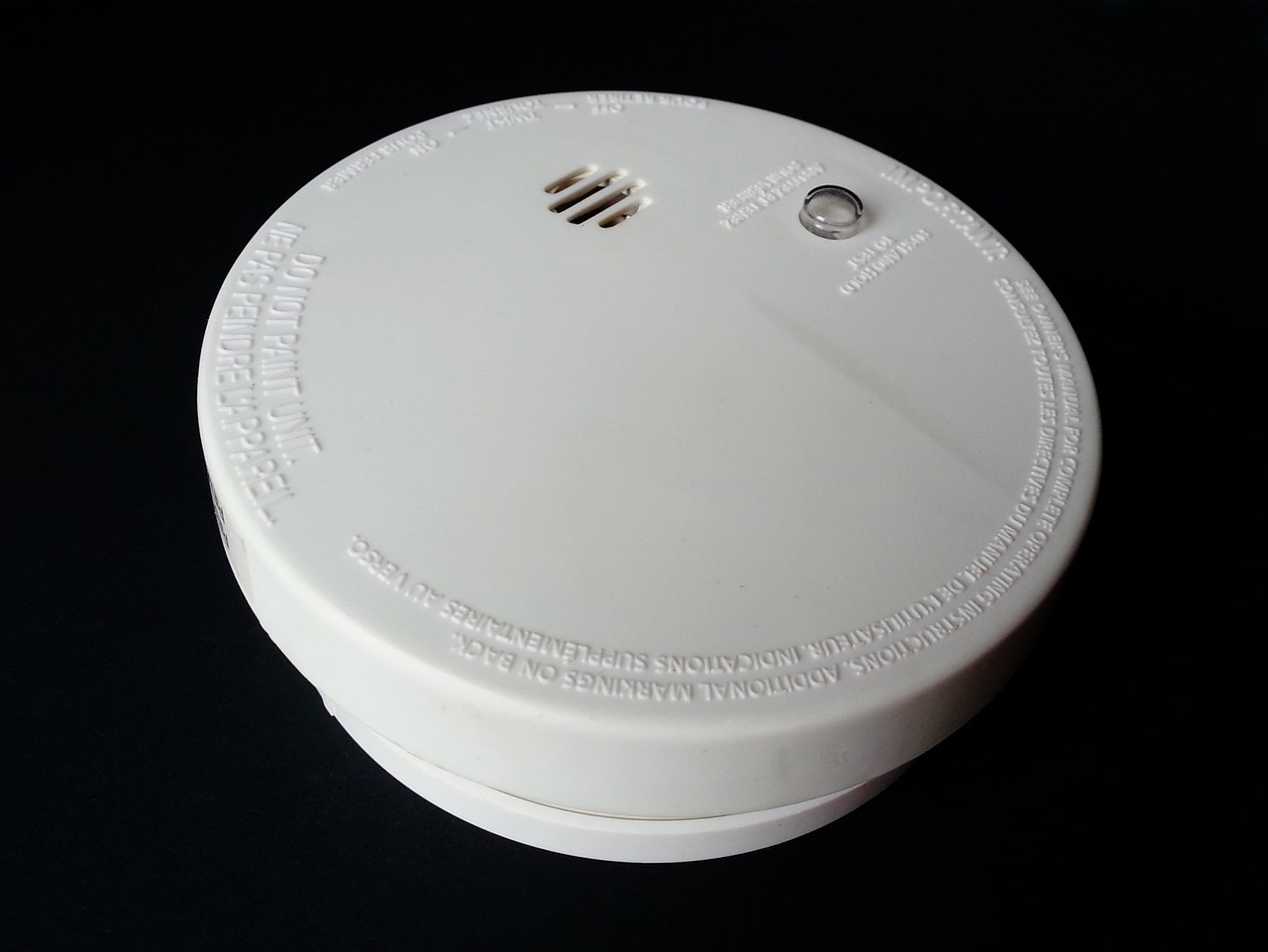Functioning smoke alarms are essential in any household. And just as you should check your smoke alarm batteries at least once a year, you should also routinely review any pertinent safety information. Knowing the ins and outs of your safety devices and how they work gives you peace of mind in the home and helps keep your family even safer.

For most people, smoke alarms are only noticed at inopportune times; a beeping low battery alarm or a false alarm from cooking can create an annoying distraction. But these devices are kept around for one simple fact – according to the National Fire Protection Agency, houses with smoke alarms have less than half the rate of fire-related deaths compared to houses without.
Smoke alarms generally come in two distinct types: Ionization and Photoelectric. However, many companies offer dual-sensor varieties, providing the best of both worlds.
Ionization Smoke Detectors
Ionization alarms work by a complex system of electrically charged plates and slowly decaying radioactive material. When a fire occurs, combustion particles enter the alarm, drawing away ions created by the radioactive material colliding with the air. These ions, which were previously completing an electrical circuit, are therefore not in the correct location, and the circuit breaks, triggering an alarm.
These alarms are generally better at detecting fast fires, such as a sudden combustion of flammable material in a garbage can. However, most experts now recommend a Photoelectric smoke detector or a device with a mix of the two.
Photoelectric Smoke Detectors
Photoelectric smoke detectors work on a simple idea: a beam of light is shown across a gap, completing a circuit. When smoke enters the alarm, the light either can not reach the other side or is scattered in a different direction, and the alarm is triggered. These simple devices are now considered superior in most ways compared to Ionization alarms. In fact, if constant false alarms are an issue, photoelectric smoke detectors have been shown to make up less than 5% of all reported false alarms. Since a real fire emergency is often very serious, having confidence that the alarm is giving you an accurate result is important and may give you the few extra seconds necessary to escape harm free.
Therefore, at the very least, a high-quality photoelectric smoke detector is recommended for all homes. You may opt for a version bundled with a carbon monoxide meter, a secondary ionization detector, or more. If you are unsure which type you currently have installed, a “P” symbol will indicate photoelectric detectors, and an “I” will indicate an ionization detector.
How To Test Your Alarm
Testing a smoke alarm is as easy as pushing and holding a button. By simply pressing down on the test option found on all alarms, the infamous high-pitched shriek should sound. If it appears at all delayed or quiet, the battery is probably in need of replacement.
Nowadays, the newest versions of smoke alarms come with a lifetime battery, meaning no more biannual replacements. The new sealed lithium batteries will beep to signal the end of their lifespan, at which point the entire alarm is replaced without hassle or worry. The advantages to a system like this are plentiful, with the most obvious being greater confidence that your alarm is powered up and ready to protect you at any time.
If you want to upgrade your smoke alarms, are unsure of how to best keep your home safe, or simply have any questions regarding electrical systems in your home, reach out to Promise Electric.


